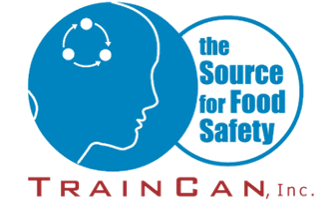Canada announces new requirements for food labels
Article By Jonathan MacInnis Published July 2, 2025
Article Source: https://www.ctvnews.ca/atlantic/article/look-to-the-labels-canada-announces-new-requirements-for-food-labels/
Front-of-package labels will make certain ingredients – like salt, sugar and saturated fats – more visible to consumers.
Consumers are noticing some nutritional information is migrating from the back of food packaging to the front.
“Yeah, they’re starting to appear at the grocery store,” says Sylvain Charlebois.
The director of Dalhousie University’s Agri-Foods lab says the up-front details are not something food producers are eager to see on their product.
“No manufacturer wants these labels on their package so they’re reformulating and we’re likely going to have access to healthier products moving forward.”
The labelling initiative is a directive from Health Canada. The regulations were first introduced in July 2020, as food companies had four years to update their packaging.
“We know it is highlighting sodium, sugar and saturated fat, which is really important for the consumer to know because it increases our risk of chronic disease,” says dietician Laurie Barker-Jackman.
Front-of-the-package labelling is needed if the product exceeds 15 per cent of the recommended daily intake of those ingredients.
Foods high in saturated fat, sugars or sodium can lead to increased health risks if eaten frequently.
Health Canada says the potential health risks include:
stroke
obesity
heart disease
Type 2 diabetes
high blood pressure
some types of cancer
The organization hopes the more visible information will help consumers make quick and informed choices when grocery shopping and offer support to health professionals in educating people about foods high in sodium, sugars and saturated fat.
“It might make me think a little bit and learn something different about what’s in our food,” says Kiah Henenke Flindall.
That’s the right approach says Barker-Jackman, who says avoiding labelled foods altogether isn’t reasonable or necessary.
“It’s OK to choose foods that have a front-of-package label sometimes. It’s making sure we don’t choose foods that are high in sodium, sugar or saturated fat all of the time,” she says.
For Charlebois, the labelling program is a positive one, but he still has concerns.
“If you are reducing the amount of sodium, sugar or fat, are you replacing that with something else that may not be desirable?” Charlebois questions.
The labels are mandatory for prepacked foods, with some exemptions like plain milk, plain yogurt and cheese because of they contain calcium.
Food manufacturers have until Jan. 1, 2026, to fully implement the labelling system.
